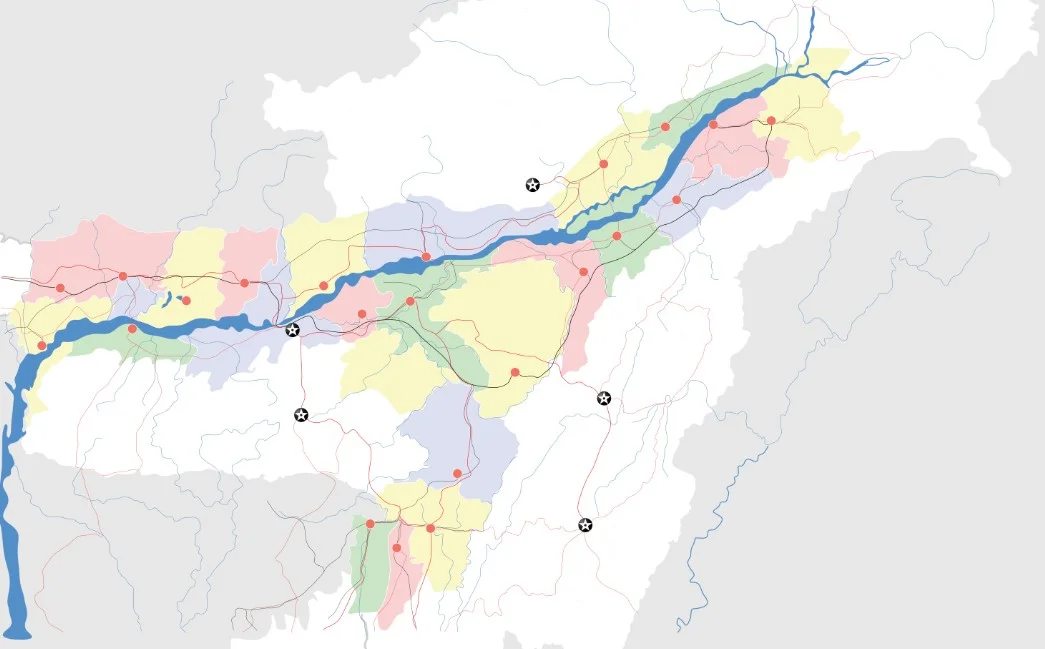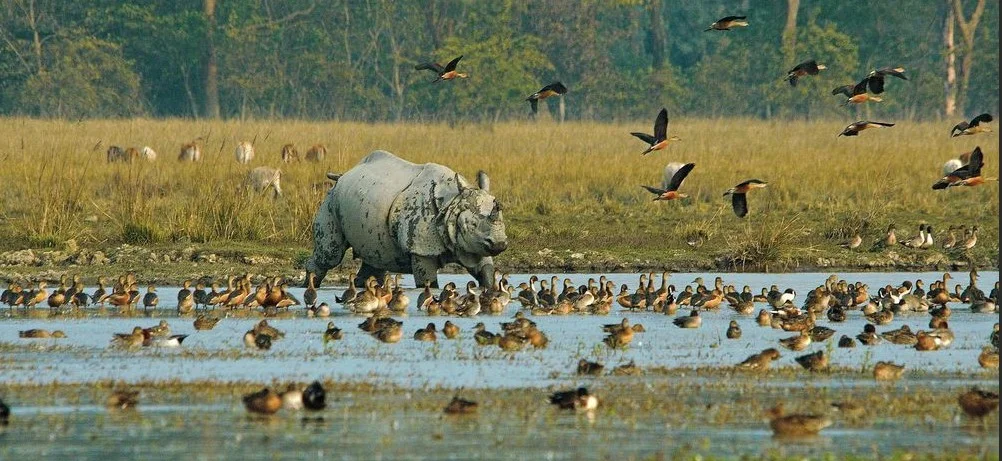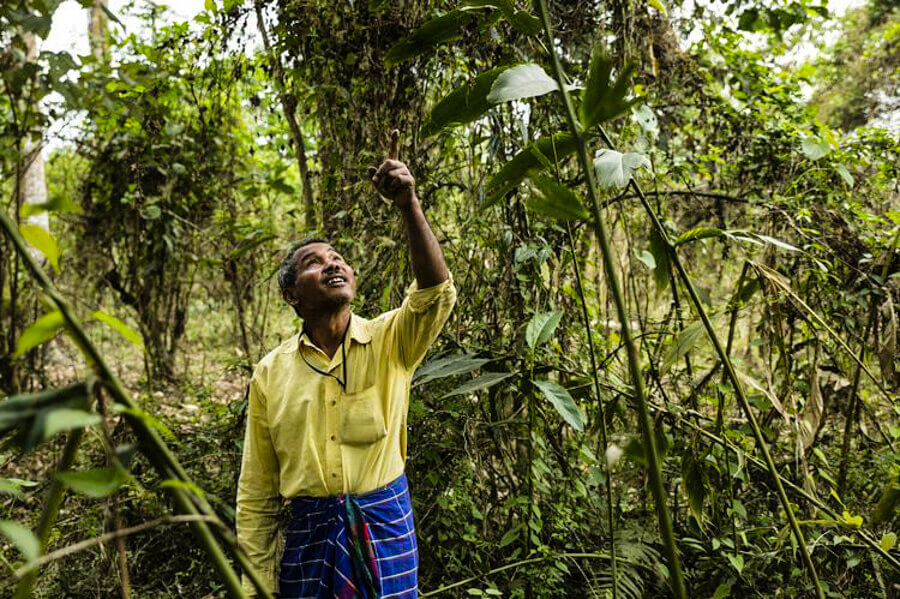The European Space Agency (ESA) is preparing to launch a groundbreaking Earth observation mission called Biomass mission, scheduled for liftoff on April 29, 2025. This initiative is poised to revolutionize how we understand the role forests play in the global carbon cycle. Using cutting-edge radar technology, Biomass will scan the Earth’s forests from low Earth orbit, unlocking crucial data on carbon storage and forest health.
Mission Snapshot
At the heart of the Biomass mission is a single satellite armed with a P-band synthetic aperture radar (SAR), operating at 435 MHz. This radar is powerful enough to penetrate dense forest canopies, providing highly detailed insights into forest structure.
Key features:
- 3D imaging of global forests
- Monitoring forest biomass and changes over time
- Mission duration: 5 years
- Focus: Interferometric radar techniques for precise forest monitoring
Why Forest Monitoring Matters
Forests absorb around 16 billion metric tonnes of CO₂ each year—making them a crucial part of our climate defense. But current data on forest biomass and height is insufficient. That’s where Biomass steps in, aiming to fill data gaps and offer a clearer picture of how forests contribute to carbon dynamics.
Tackling Environmental Challenges
In 2023 alone, the world lost approximately 3.7 million hectares of tropical forests, contributing to about 6% of global CO₂ emissions. This alarming loss underscores the urgent need for reliable, high-resolution forest data.
Biomass will help scientists:
- Track how deforestation and climate change affect carbon levels
- Detect changes in carbon storage over time
- Support global conservation and climate policy efforts
Beyond Forests: Wider Scientific Benefits
While forests are the primary focus, the mission’s capabilities extend to other areas:
- Monitoring ice sheet motion in Antarctica
- Creating digital elevation models of densely vegetated areas
- Supporting climate models, ecosystem studies, and environmental management
Part of the Earth Explorer Family
Biomass is a flagship part of ESA’s Earth Explorer Programme, a series of missions designed to deepen our understanding of Earth’s complex systems and address pressing societal needs. These missions also serve as testbeds for future operational missions like Copernicus Sentinel.
Earth Explorer Missions Timeline
| Mission | Launched | Focus | Key Contributions |
|---|---|---|---|
| GOCE | 2009–2013 | Earth’s gravity field | Ocean circulation, Earth’s interior |
| SMOS | 2009 (active) | Soil moisture & salinity | Climate/weather modeling |
| CryoSat | 2010 (active) | Ice thickness | Climate change effects on ice |
| Swarm | 2013 (active) | Magnetic field | Magnetic field dynamics |
| Aeolus | 2018–2023 | Wind profiles | Improved forecasting, led to Aeolus-2 |
| EarthCARE | 2024 | Clouds & radiation | Enhanced climate models |
| Biomass | 2025 | Forests & carbon | Tracking forest health & CO₂ role |
| FLEX | Upcoming | Plant fluorescence | Insights into plant health & carbon cycle |
| FORUM | Upcoming | Far-infrared radiation | Better climate understanding |
| Harmony | Upcoming | Surface motion | Ocean, ice, earthquake, volcano studies |
The Big Picture
With its high-precision radar and broad scientific scope, the Biomass mission is set to become an essential tool in the global effort to monitor forest ecosystems, mitigate climate change, and enhance Earth system science.












